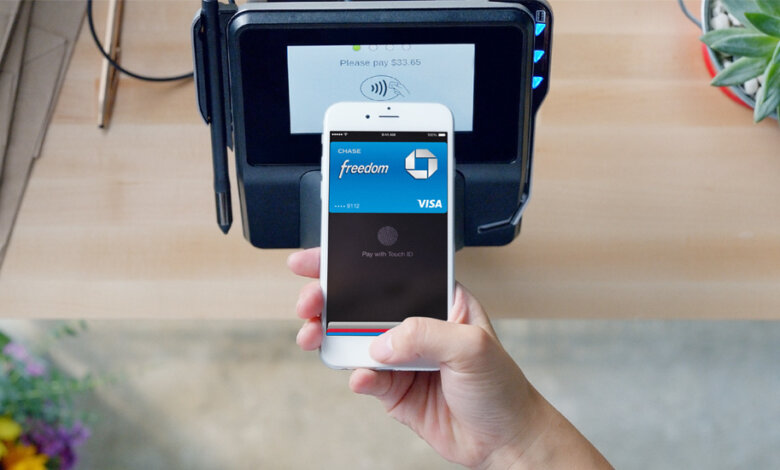Two Thirds of US Retailers To Shun Apple Pay


Apple expected a big and welcoming launch for Apple Pay, its new contactless payment system, but a survey has found that a large number of US retailers won’t be accepting the system as a form of payment.
Reuters surveyed 100 of the most popular retailers in the United States and found that around two thirds are not planning to implement support for the system at any time this year. Apple Pay is currently only available in the US but the company has plans to extend the service to other countries.
Of the companies who responded to the survey, less than 25% said that they accept Apple Pay currently and just four more said that they had plans to implement the payment service in 2016.
There were a number of reasons why the companies won’t be providing support for Apple Pay, including lack of demand from customers, lack of access to details about Apple Pay transactions and the cost of the software and hardware needed to accept payments. Additionally, some of the companies said they that were rejecting Apple Pay in favour of a new system which is set to launch later this year and will be accepted by a group of retailers.
Reuters used the National Retail Federation’s list of the top 100 US companies in order to gather the research for the survey and they questioned 98 that had physical stores as two of the retailers were online-only companies. Of the 98, 85 provided detailed responses to the questions, 11 supplied only details about whether they currently accept Apple Pay and two failed to respond at all.
Although the survey’s findings show that support is not high among retailers, Apple Pay has had some success so far. Data released in March by Apple showed that around 700,00 retailers had implemented support for the system following its launch in September of last year.
Apple Pay is a contactless payment system available through iPhone 6, iPhone 6 Plus and the Apple Watch. The technology uses credit and debit card details stored in Passbook which are secured by Touch ID (or continual skin contact as with the Apple Watch) and then sent as tokens to avoid actual sensitive data being shared through the air. The system makes use of NFC technology built into Apple devices so that payments can be made without customers having to insert cards into terminals or use anything other than their device to complete a transaction.
In the first 72 hours after its release, Apple Pay accepted over 1 million activations of credit and debit cards. Apple’s payment technology is designed to be more secure than card based transactions as no personal or sensitive information is seen by the cashier and each transaction is secured with physical contact on the device. With the system, Apple is hoping to replace the traditional wallet or purse by allowing users to store information for all of their cards and bank accounts in Passbook on their Apple device so customers don’t need to search for physical cards or money while paying for goods or services. Users don’t even need to unlock their device or open an app when paying in a store as the device will awaken automatically thanks to an internal antenna. A vibration and beep then signal that a payment has taken place once it has been secured with a touch.
In the UK, the technology can already be used but only in particular cases. Transport For London have announced that Apple Pay can be used as payment for journeys on the travel network in London including tube trains and busses as an alternative to an Oyster card. TfL was the first provider of public transport to accept contactless card payments and it hopes to continue with innovation through the implementation of Apple Pay. Apple Pay will become generally available in the UK and July, with around 20 retailers accepting the payment system in stores, 25 accepting the system through apps and 15 banks will allow customers to use the system by the end of 2015.
Apple had originally forecast that 50% of the top 100 US merchants would be accepting Apple Pay this year, but the Reuters survey tells a story of slow uptake and interest without intention.




